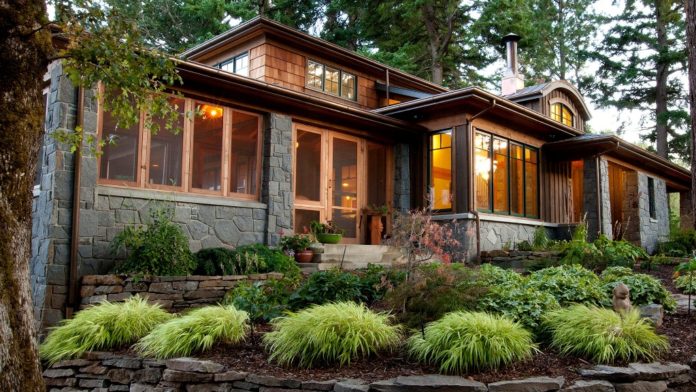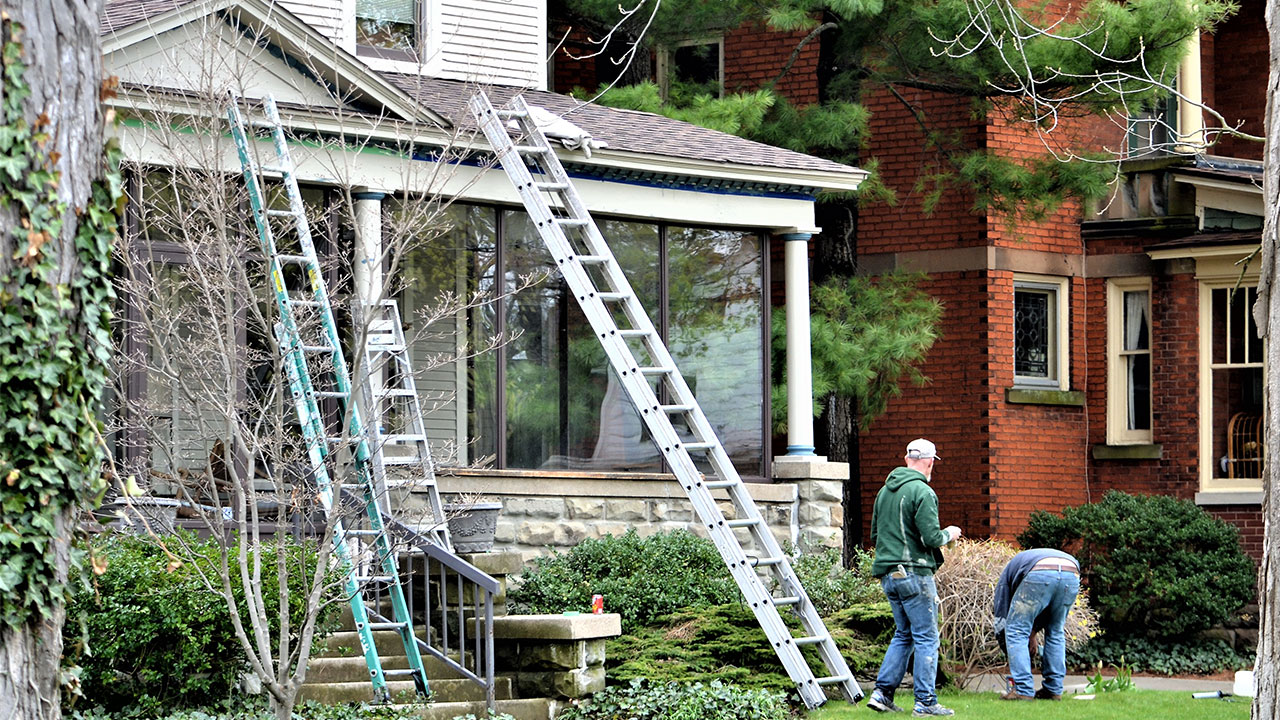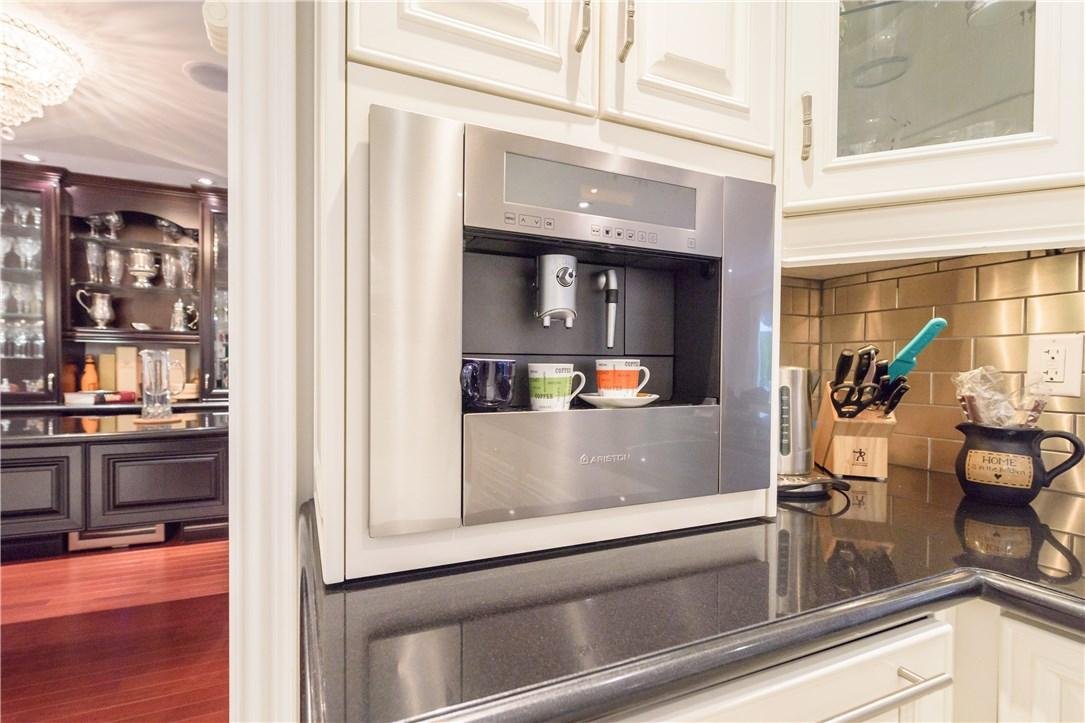You’ve decided you want your house to be a little greener. It’s a great time to do so because there are an increasing number of companies and contractors who can help you out with that goal, if you take some time to find them. Depending on your end game and your budget, the extent to which you’re going to renovate can vary from performing a few patch-ups and replacements to tearing down and rebuilding. Before you get too far into planning any sized job, consider some of these tips first.
Spend upfront to get more in the end. Going greener might mean purchasing upgrades and materials which will cost you. However, eco-friendly and energy-efficient designs and materials, plus quality installation techniques, will save you money in the long run. Your bills will be smaller, and a job well done will last a long time.
Consider simpler patch-ups and replacements. There are many ways to save money on energy and make your home more efficient that do not require a full tear down. Some DIY fixes might be all you need depending on your ultimate goals. If beautiful design is a high priority, then well-crafted products installed by professionals is a good choice (plus, pro-installation is worth the extra when it’s done properly.) If you simply want to stop drafts or save on water heating bills with cheap insulation tricks, you can achieve these goals with materials from the hardware store yourself.
You might not quite have the budget saved up for what you want to do, so doing your own patchwork is good for now. Check out some DIY tricks here.
Hire the right people. When you’re looking for products and professionals, look for ones who emphasize environmental responsibility, not just in improving your home’s green qualities, but in their business practices, too. For example, replacing windows and doors can save on energy bills, and Casa Bella’s Windows & Doors takes pride in their recycling efforts as well. A handful of these include: they source materials from those who recycle their scrap; they recycle their own scrap steel, aluminum, plastic, and paper used; their materials contain a percentage of recycled materials; and scrap materials are collected and used in other projects, to name a few.
Consider simple upgrades. As mentioned above, replacing windows and doors alone can make a big difference in energy savings. Temporarily seal up drafts and place plastic wrap over single pane windows, then seek professional advice for taking care of your windows to extend their longevity even further (and increase resale value). Swap your appliances for eco-conscious versions once they’ve passed their prime.
Reconsider adding size. If your aim is to increase eco-friendliness, increasing size while using sustainable materials or practices is a mixed goal. A larger home uses more materials, energy to heat or cool, and more resources to produce, ship, etc. Perhaps your space can be altered to be more efficiently-used instead. Switch up which rooms are used for what. Perhaps get rid of some things inside that can be donated or recycled to make more usable space for your family.
Consider all environmental impacts, not just energy bills. Remember that tearing everything down and replacing each thing you own with an eco-friendly version itself can be wasteful. If you’re upgrading or replacing something old and dysfunctional – great. But if a relatively new model home is getting a whole new makeover, weigh the carbon footprint of making these changes right now.
Installing a tankless water heater is a great example of a new technology improving an old appliance. By only heating water on demand, less energy is used compared to traditional water tanks that constantly heat the water to maintain its warm temperatures. Check online for reviews of the top tankless water heaters to see how energy efficient some of the top models are!
Can you simply replace your windows and wait on more changes? Remember the environmental costs to produce the goods, have them shipped to you, and the waste created from throwing materials away.






















